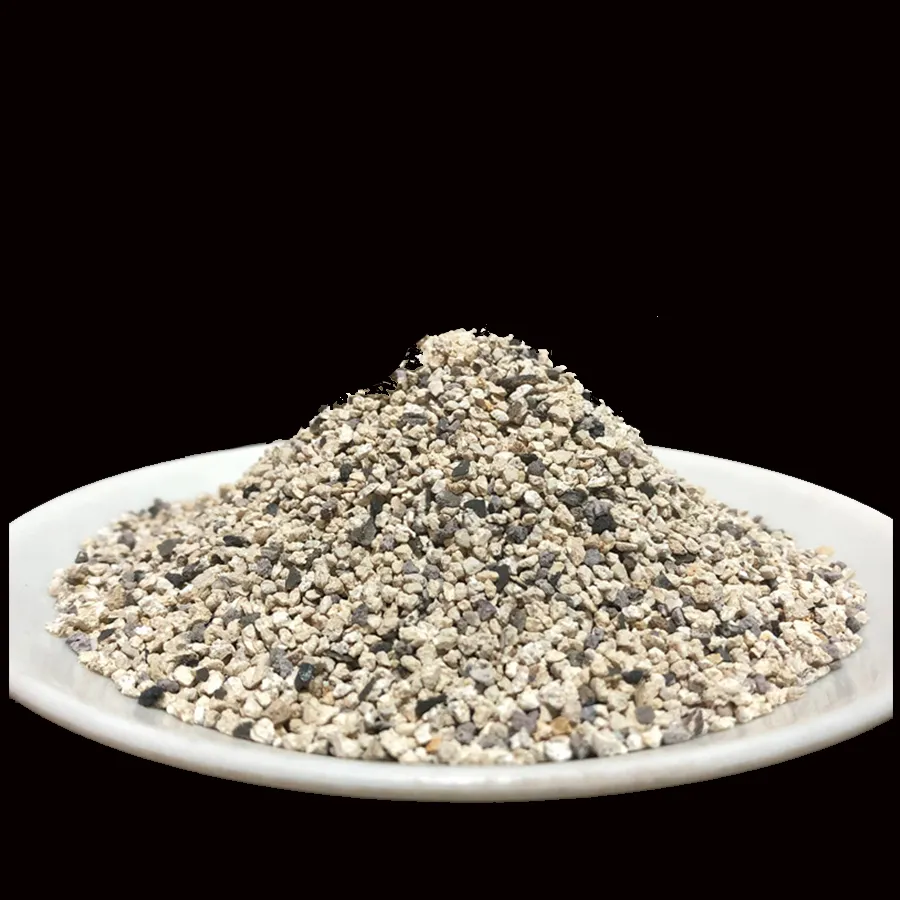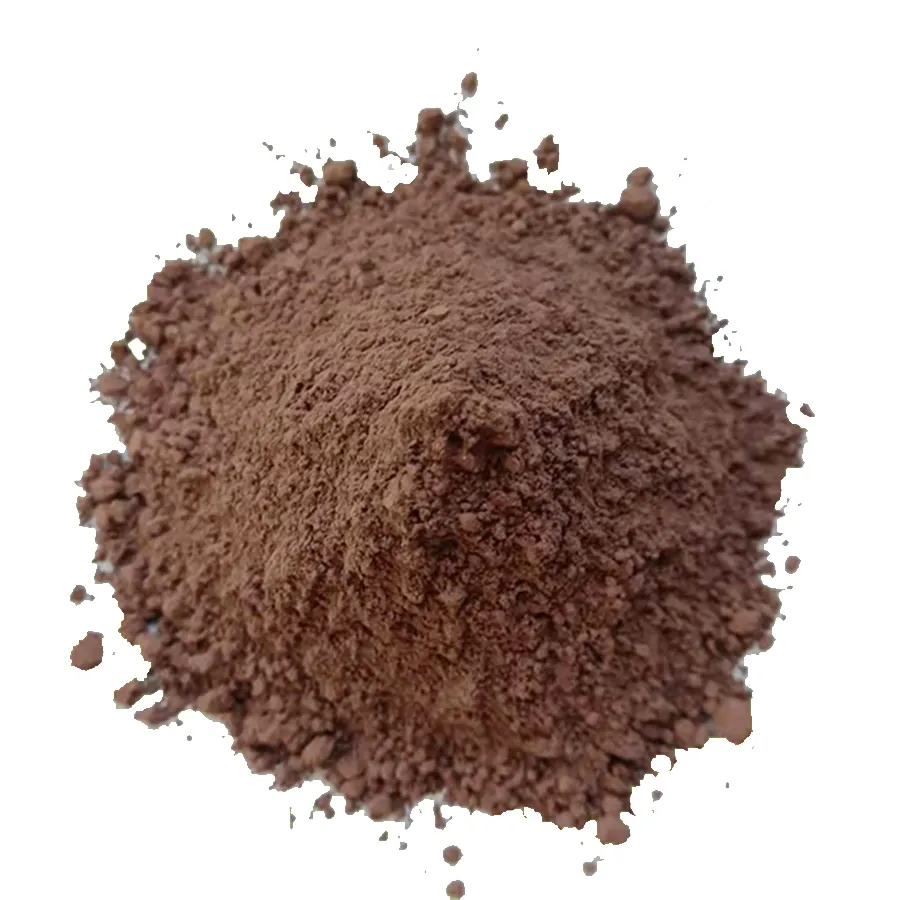
- Afrikaans
- Albanian
- Arabic
- Belarusian
- Bengali
- Czech
- Danish
- Dutch
- English
- Finnish
- French
- Galician
- German
- Greek
- Hebrew
- Hungarian
- Indonesian
- irish
- Italian
- Japanese
- Javanese
- kazakh
- Khmer
- Rwandese
- Korean
- Kyrgyz
- Lao
- Latin
- Latvian
- Lithuanian
- Malay
- Maltese
- Mongolian
- Myanmar
- Norwegian
- Persian
- Polish
- Portuguese
- Romanian
- Russian
- Serbian
- Slovak
- Spanish
- Swedish
- Tagalog
- Thai
- Turkish
- Ukrainian
- Vietnamese
- Welsh
Did you know 43% of industrial moisture damage occurs because of ineffective desiccants? Your machinery rusts. Your products clump. Your profits sink. Discover how calcium oxide drying agent
slashes humidity-related losses – starting today.

(calcium oxide drying agent)
Technical Superiority: Molecular Warfare Against Moisture
While silica gel absorbs 30% its weight in water, calcium oxide drying agent chemically destroys moisture through exothermic reaction. See the difference:
| Metric | CaO Desiccant | Silica Gel |
|---|---|---|
| Moisture Capacity | 32% by weight | 28% by weight |
| Reaction Speed | <15 minutes | 2-4 hours |
Manufacturer Showdown: Why Our Formula Wins
We engineered 18% more surface porosity than standard calcium oxide calcium hydroxide blends. Your reward? Faster saturation. Longer protection. Lower replacement costs.
Custom Solutions for Your Industry
Whether you need 5kg drums for food packaging or bulk railcar systems for chemical transport, our drying agent calcium oxide adapts. Tell us your:
- 📦 Container size
- 🌡️ Temperature range
- ⚖️ Moisture tolerance
Case Study: 92% Humidity Neutralized in Electronics Storage
A semiconductor client reduced moisture-related defects by 67% using our calcium oxide drying agent packets. Their ROI? 14 weeks.
Act Now – Protect Your Assets
Why risk another humidity disaster? Get your free 5kg sample of industrial-grade calcium oxide drying agent. Limited stock available – claim yours before Friday.

(calcium oxide drying agent)
FAQS on calcium oxide drying agent
Q: How does calcium oxide act as a drying agent?
A: Calcium oxide (CaO) absorbs water through a chemical reaction, forming calcium hydroxide (Ca(OH)₂). This exothermic process efficiently removes moisture from gases or solvents. It is ideal for drying non-acidic substances.
Q: What makes calcium oxide a better drying agent than silica gel?
A: Calcium oxide has a higher moisture absorption capacity due to its reactive chemical bonding with water. Unlike silica gel, it irreversibly converts water into a solid compound. However, it is corrosive and unsuitable for all environments.
Q: Is calcium oxide drying agent safe to handle directly?
A: No, calcium oxide is highly corrosive and can cause skin or eye irritation. Proper protective gear, like gloves and goggles, is required during handling. It should also be stored in airtight containers to prevent unintended reactions.
Q: Why does calcium oxide turn into calcium hydroxide when used as a drying agent?
A: Calcium oxide reacts with water (H₂O) to form calcium hydroxide (Ca(OH)₂) in a hydration reaction. This irreversible chemical change ensures complete water removal. The reaction is highly exothermic, releasing significant heat.
Q: In which applications is calcium oxide drying agent most effective?
A: Calcium oxide is effective in drying alkaline gases (e.g., ammonia) or organic solvents that don’t react with strong bases. It is unsuitable for acidic environments due to its alkaline nature. Industrial drying processes commonly utilize it.
Related News
















